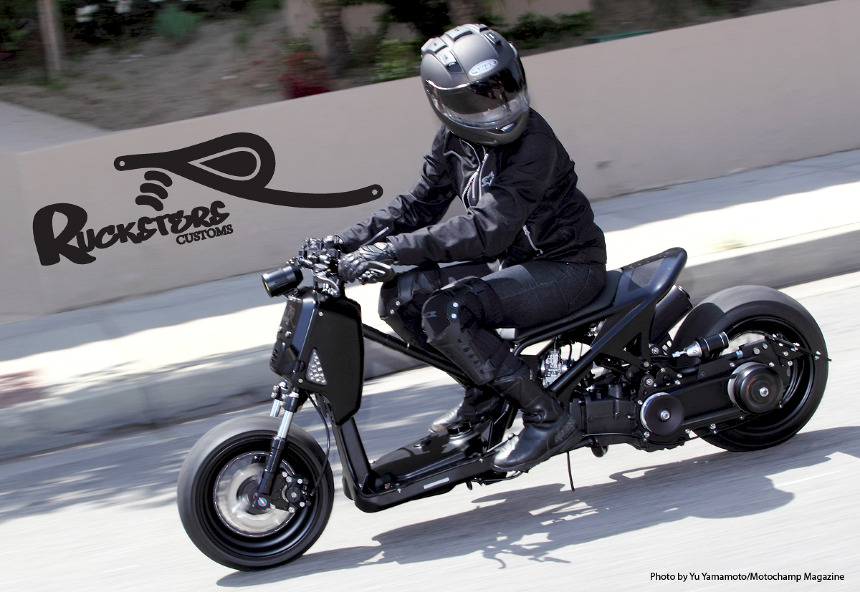MitchJi
10 MW
Hi Matt,
Are you planning to produce more units based on the italjet dragster? If so where are you planning to purchase them?
You might want to test the controller with a 3220 and if it works better or more reliably than the HV160, request/demand that Astro make similar controllers that are sized and priced appropriately for their 32xx series motors.
http://endless-sphere.com/forums/viewtopic.php?f=3&t=41604
I seems like this has as much or more power than the big Astro for about 3k less (msrp), not counting the fact that the Astro will require a more complex reduction unit, which might add another $1k-$2k to the price? I realize you don't pay the list price but won't you gain more by prototyping a system that has a price that's affordable? Even if the power is equal the cost savings seem compelling, but what if the performance is better?
Are you planning to produce more units based on the italjet dragster? If so where are you planning to purchase them?
You might want to test the controller with a 3220 and if it works better or more reliably than the HV160, request/demand that Astro make similar controllers that are sized and priced appropriately for their 32xx series motors.
Luke did you mean he could use this hub motor, but not in the hub?:recumpence said:I am against a hub motor for this for the pure reason of unsprung/rotating weight.
Matt
http://endless-sphere.com/forums/viewtopic.php?f=3&t=41604
http://endless-sphere.com/forums/viewtopic.php?f=31&t=46898Over 65mph on 20s
weighs over 6kg less than I expected coming in at only 14kg
http://endless-sphere.com/forums/viewtopic.php?f=6&t=48399Hubmonster 94% efficient 7kw rated $539 introductory price
The motor has a Kv of 16rpm/volt. I push 210A peak from a 20s20ah20c RC Lipo pack at get it up to 65mph on the highway with voltage sagging to about 75V. To be sure I was stating fact I just weighed myself and the bike with its current pack configuration and I weigh 265lbs (120kg), and the bike 122lbs (55kg). That doesn't include the 25lbs or so commonly in my backpack for the generally uphill ride home. I'm not into high speed on 2 wheels, but with good aero and higher voltage there's lots of unexplored speed, because it's a 10 pole motor with high quality thin laminating steel of approximately 3 lams per mm...
I've been using about $250 worth of controllers to run 15kw with a totally stress free system.
Luke are you opposed to a simple single stage (one sprocket on the motor and one on the rear hub) chain drive/reduction? With a kv of 16 chain noise should not be a problem.HubMonster hits 107mph on the flats on page 6
I seems like this has as much or more power than the big Astro for about 3k less (msrp), not counting the fact that the Astro will require a more complex reduction unit, which might add another $1k-$2k to the price? I realize you don't pay the list price but won't you gain more by prototyping a system that has a price that's affordable? Even if the power is equal the cost savings seem compelling, but what if the performance is better?
Model planes and helocopters? The Astro does weigh about 18 lbs less, but the additional reduction unit will probably add 4-5 lbs? On a 250 lb scooter, with the motor mounted as low as is convenient, will a rider even be able to feel the 14 lbs of additional weight? On your recumbent an additional 14 lbs would be huge, on a scooter I don't believe it makes any difference.Capable of 15KW, the 4535 is the newest and largest motor in Astro Flight's lineup. This 12 pound motor is intended for applications where power-to-weight is of the utmost importance.


